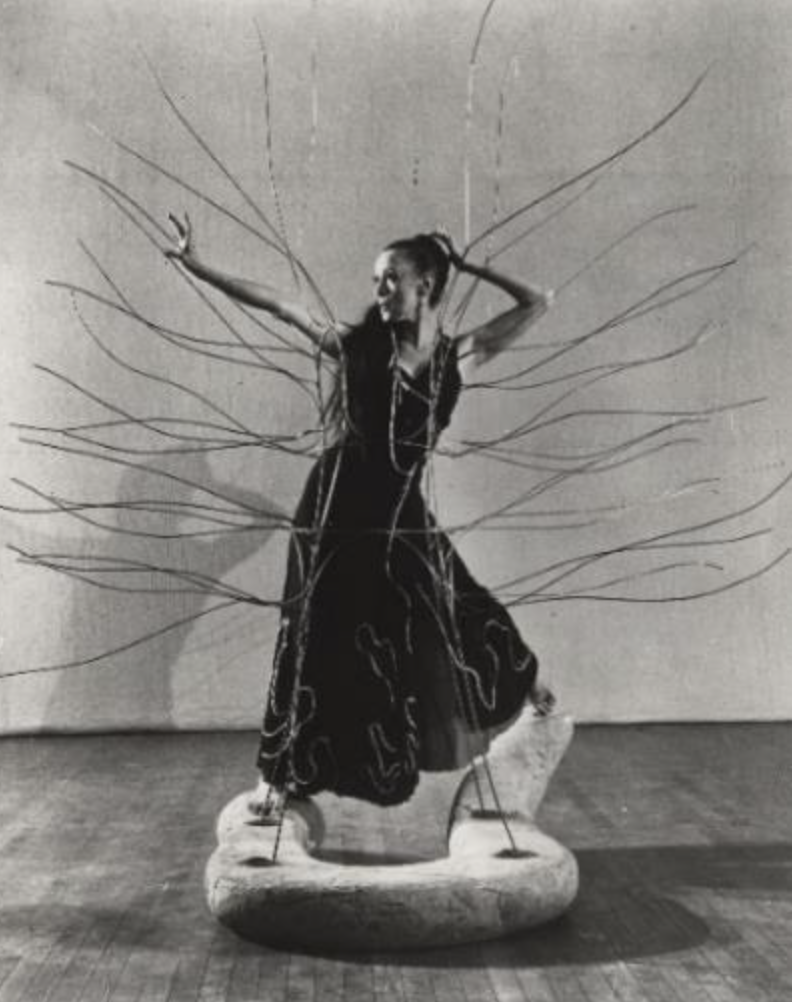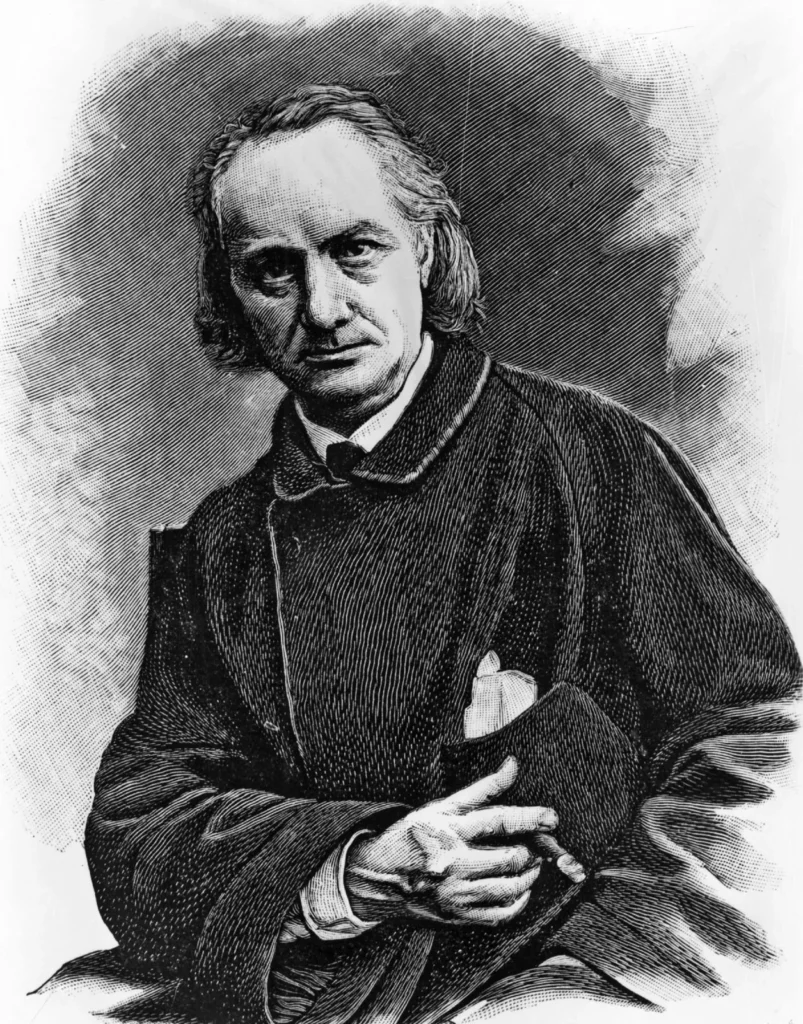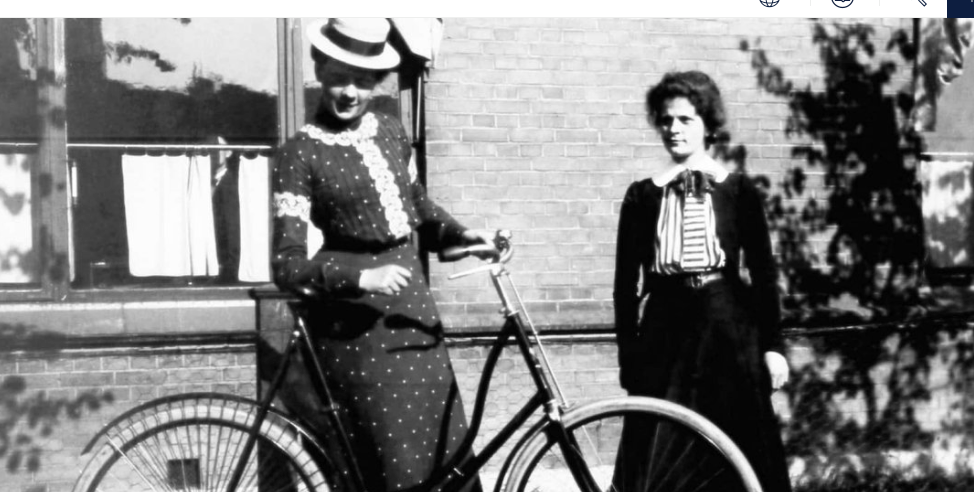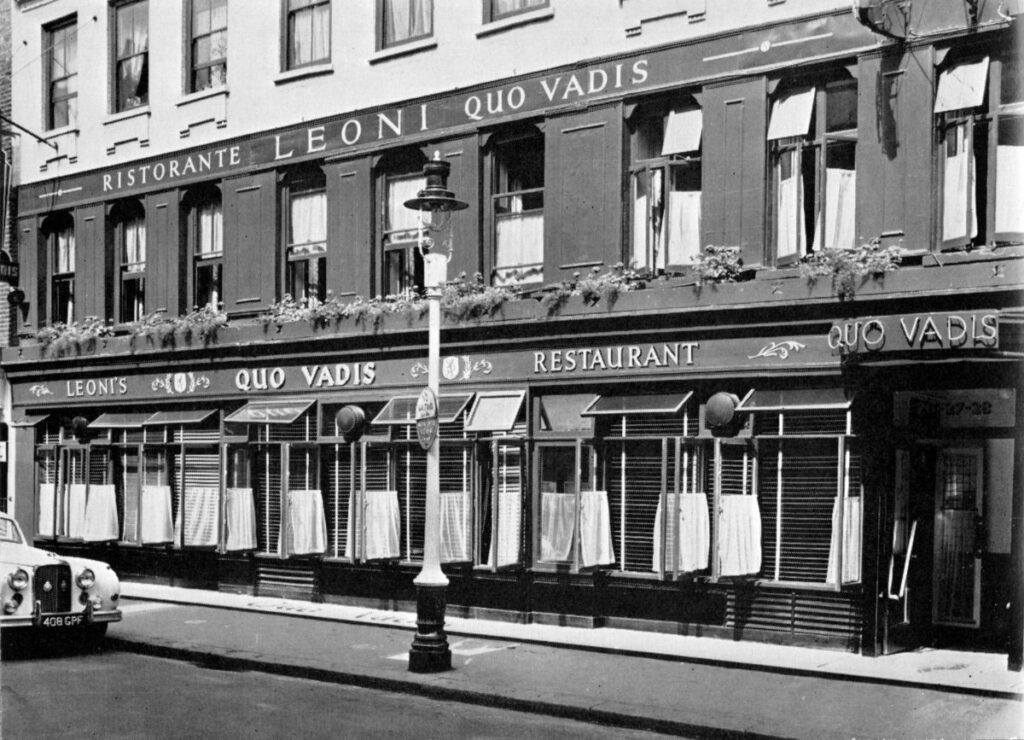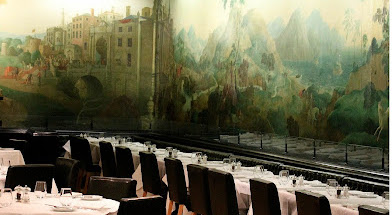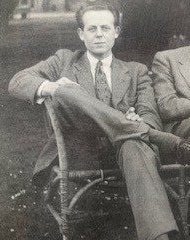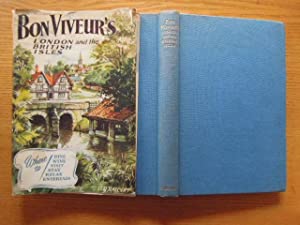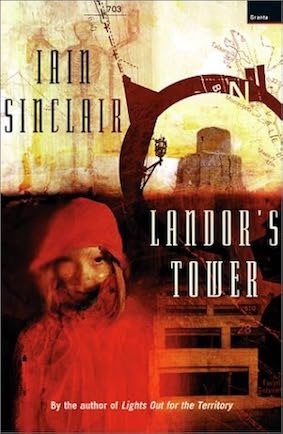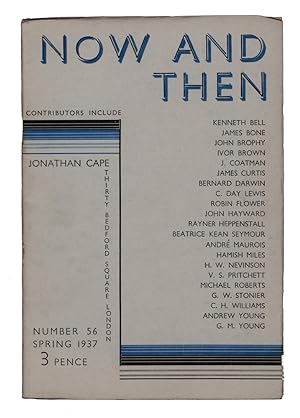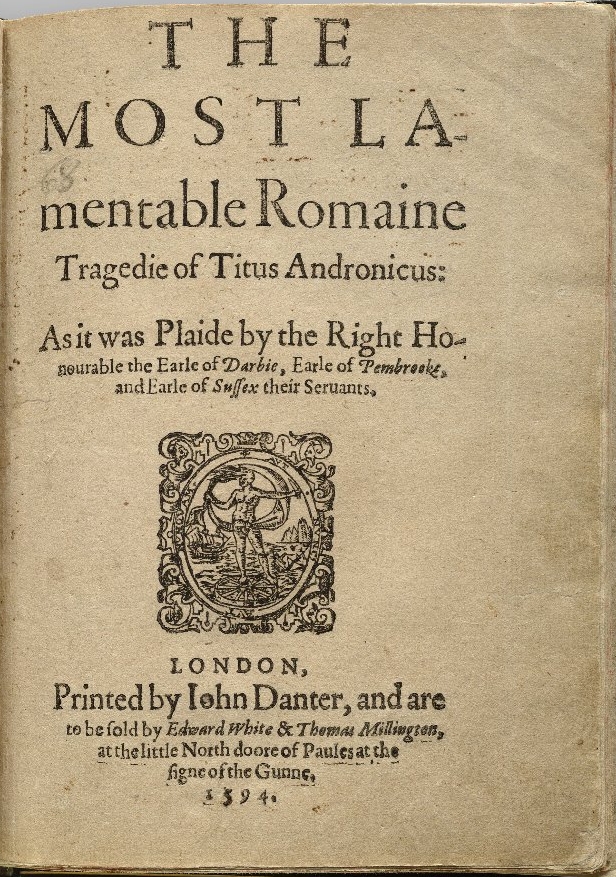Extracts from The 637 best things anybody ever said ( 1982) by Robert Byrne.
Everyone should believe in something; I believe I will have another drink.
Unknown.
The trouble with born-again Christians is that they are an even bigger pain the second time around.
Herb Caen.
I have a new philosophy. I’m only going to dread one day at a time.
Charles Schulz
Life is what happens when you are making other plans
John Lennon
I’m not afraid to die. I just don’t want to be there when it happens.
Woody Allen
The best way to get praise is to die
Italian proverb
There is no such thing as inner peace. There is only nervousness and death.
Fran Liebowitz
For three days after death hair and fingernails continue to grow but phone calls taper off
Johnny Carson
One murder makes a villain, millions a hero
Beilby Porteus
There is no money in poetry, but then there is no poetry in money, either
Robert Graves
The only reason some people get lost in thought is because it’s unfamiliar territory
Paul Fix
Only the mediocre are always at their best
Jean Giraudoux
I’m going to speak my mind because I have nothing to lose
S. I. Hayakawa
I live in the crown of jollity, not so much to enjoy company as to shun myself
Samuel Johnson.
For every ten jokes thou hast got an hundred enemies
Laurence Sterne
Seriousness is the only refuge of the shallow
Oscar Wilde
He who laughs, lasts
Mary Pettibone Poole (c 1938)
The affair between Margot Asquith and Margo Asquith will live as one of the prettiest love stories in all literature.
Dorothy Parker (in a review of a book by Margot Asquith.)
Like all self-made men he worships his creator
Unknown
Egotist: A person more interested in himself than in me.
Ambrose Bierce
A narcissist is someone better looking than you are
Gore Vidal
Don’t be humble. You’re not that great
Golda Meir
Somewhere on this globe, every ten seconds, there is a woman giving birth to a child. She must be found and stopped.
Sam Levenson
A vegetarian is a person who won’t eat anything that can have children
David Brenner
Mothers are fonder than fathers of their children because they are more certain they are their own.
Aristotle
The reason grandparents and grandchildren get along so well is that they have a common enemy
Sam Levenson
Sex drive; a physical craving that begins in adolescence and ends at marriage..
Robert Byrne
Last time I tried to make love to my wife nothing was happening, so I said to her “ What’s the matter, you can’t think of anybody either ?”
Rodney Dangerfield
The only really indecent people are the chaste
J. K. Huysmans
I hate women because they always know where things are
James Thurber
The heaviest object in the world is the body of the women you have ceased to love
Marquis de Luc de Clapiers Vauvenargues
A man can be happy with any woman as long as he does not love her.
Oscar Wilde
It is better to have loved and lost than never to have lost at all
Samuel Butler.
Marriage is not a word but a sentence
Unknown
I tended to place my wife under a pedestal
Woody Allen
What scares me about divorce is that my children might put me in a home for unwed mothers
Teressa Skelton.
It is better to be a coward for a minute than be dead for the rest of your life
Irish proverb.
Nobody has bet enough on a winning horse
Overheard at a track by Richard Sasuly
There is nothing so absurd but some philosopher has said it
Cicero
A government that robs Peter to pay Paul can always depend on the support of Paul.
George Bernard Shaw
A piano is a piano is a piano–Gertrude Steinway
Unknown
Every journalist has a novel in him, which is an excellent place for it.
Russell Lynes
Every novel should have a beginning, a muddle and an end
Peter de Vries
Income tax returns are the most imaginative fiction being written today
Herman Wouk
Any ordinary man can…surround himself with two thousand books…and thenceforward have at least one place in the world in which it is possible to be happy
Augustine Birrell.
Studying literature at Harvard is like learning about women at the Mayo Clinic.
Roy Blount jun.
‘Twas a woman who drove me to drink, and I never had the courtesy to thank her for it.
W. C. Fields
I drink to make other people more interesting
George Jean Nathan.
I’d rather have a free bottle in front of me than a prefrontal lobotomy
Unknown
I hate to advocate drugs, alcohol, violence, or insanity to anyone, but they’ve always worked for me.
Hunter S. Thompson
To be continued.
R. M. Healey




